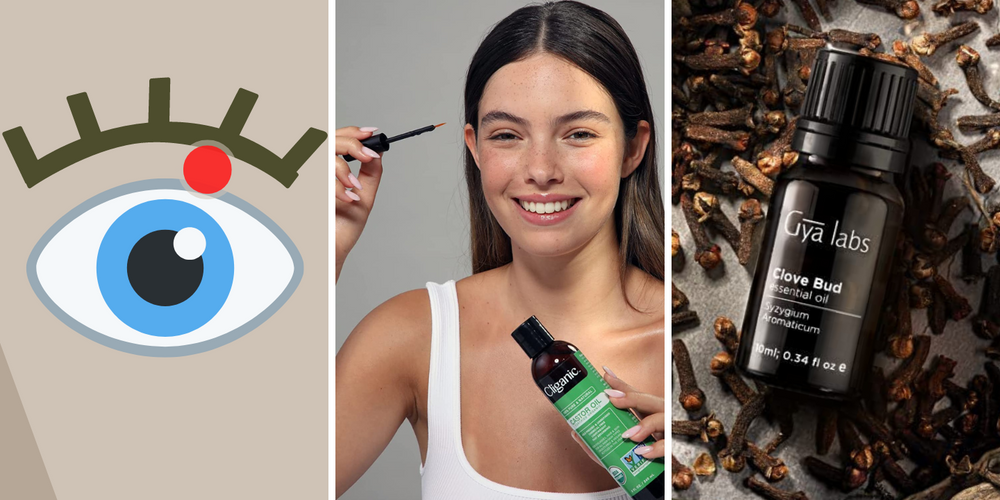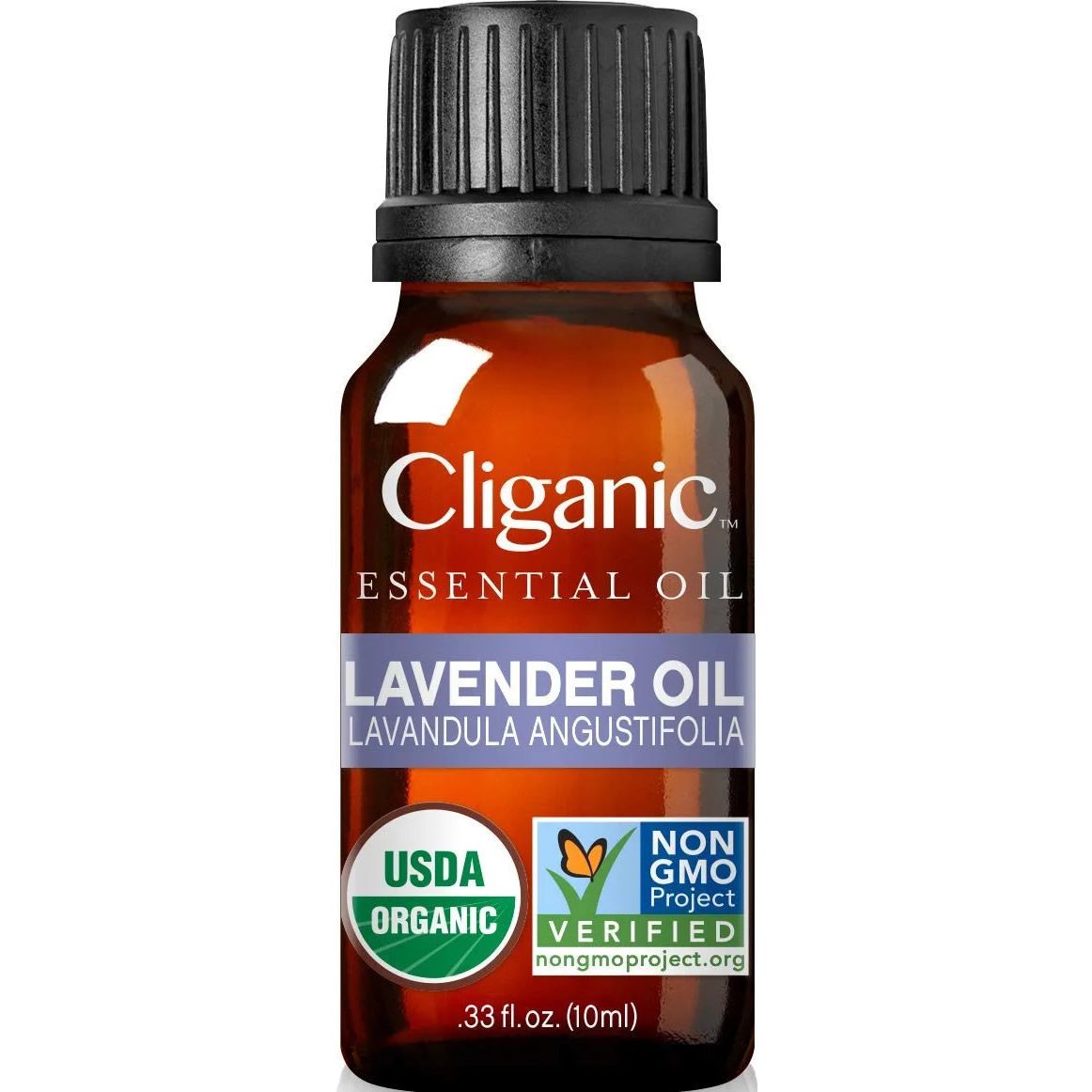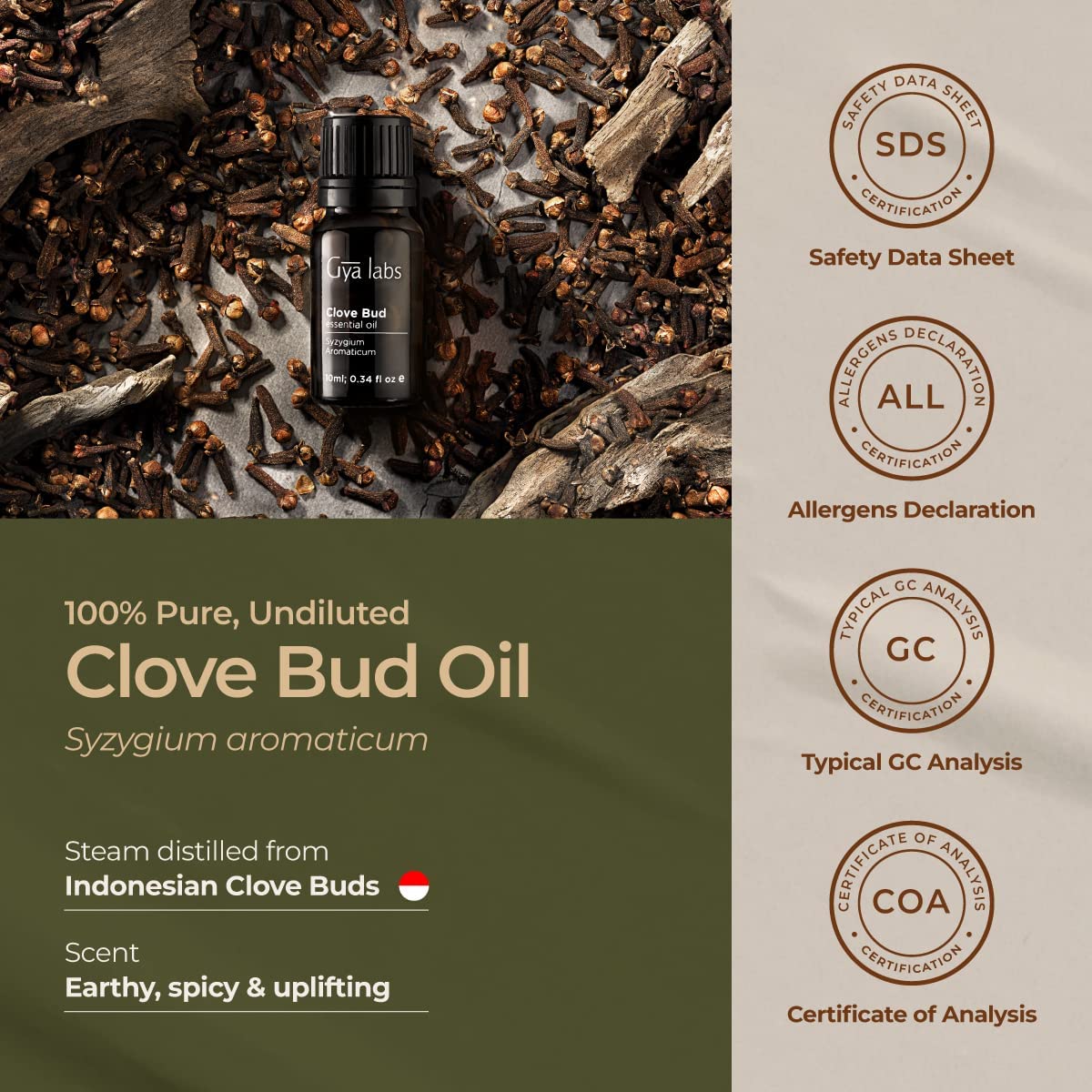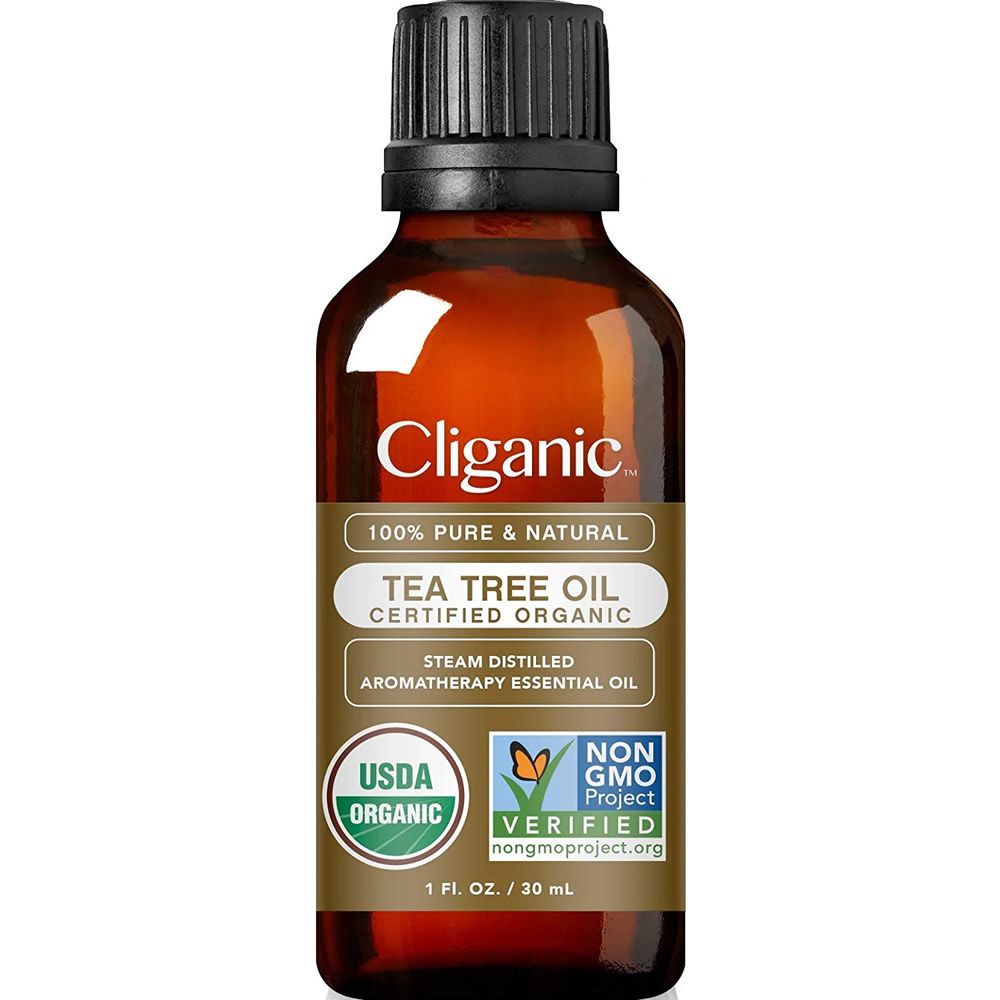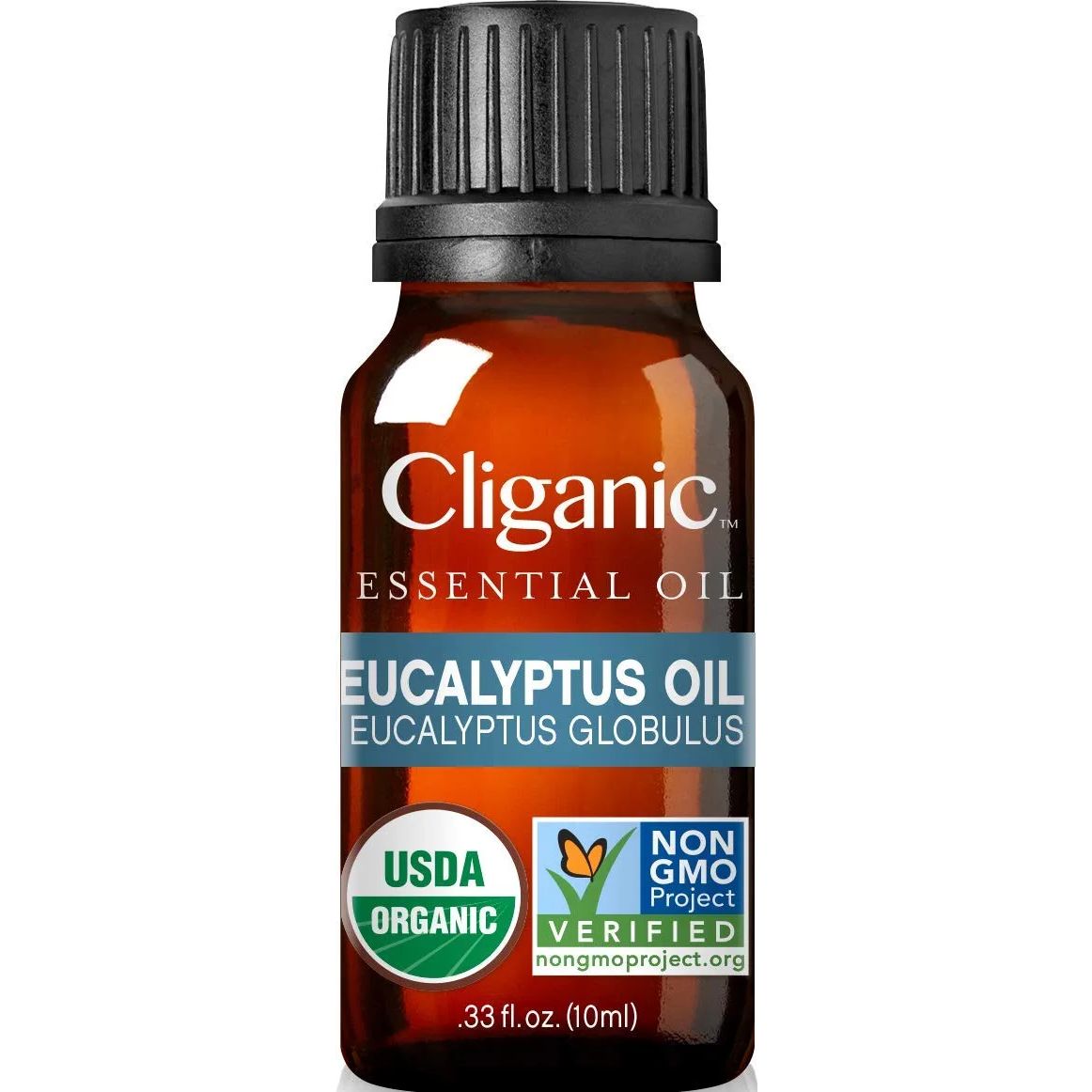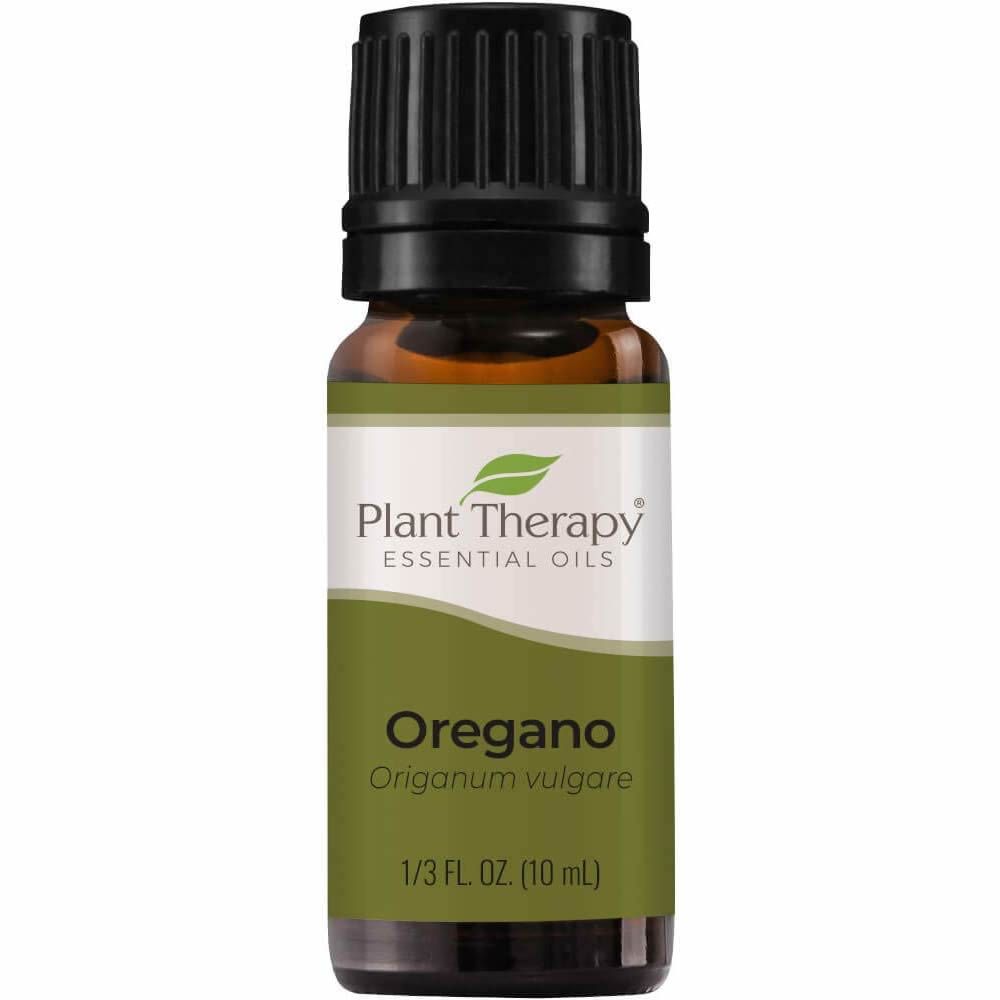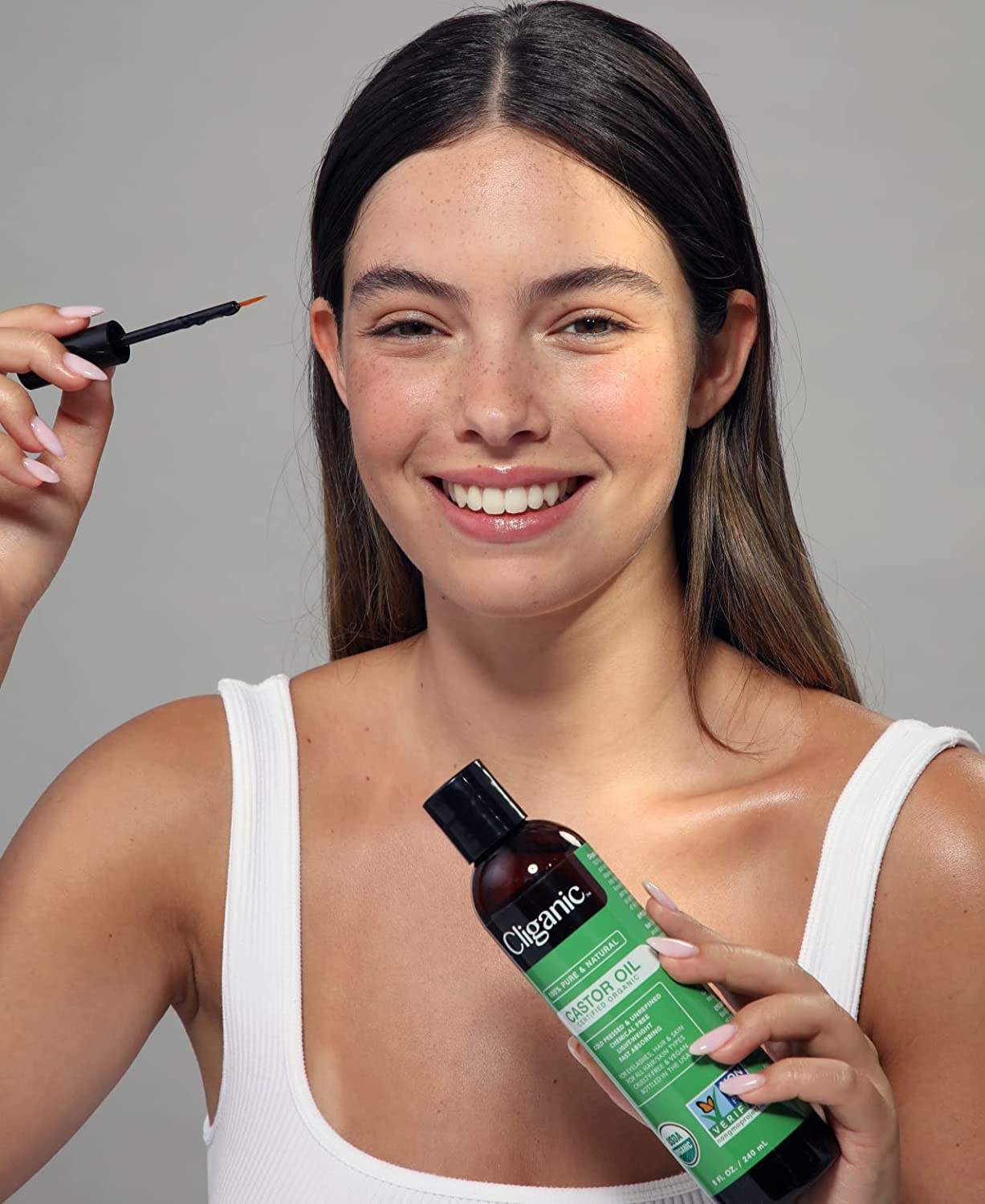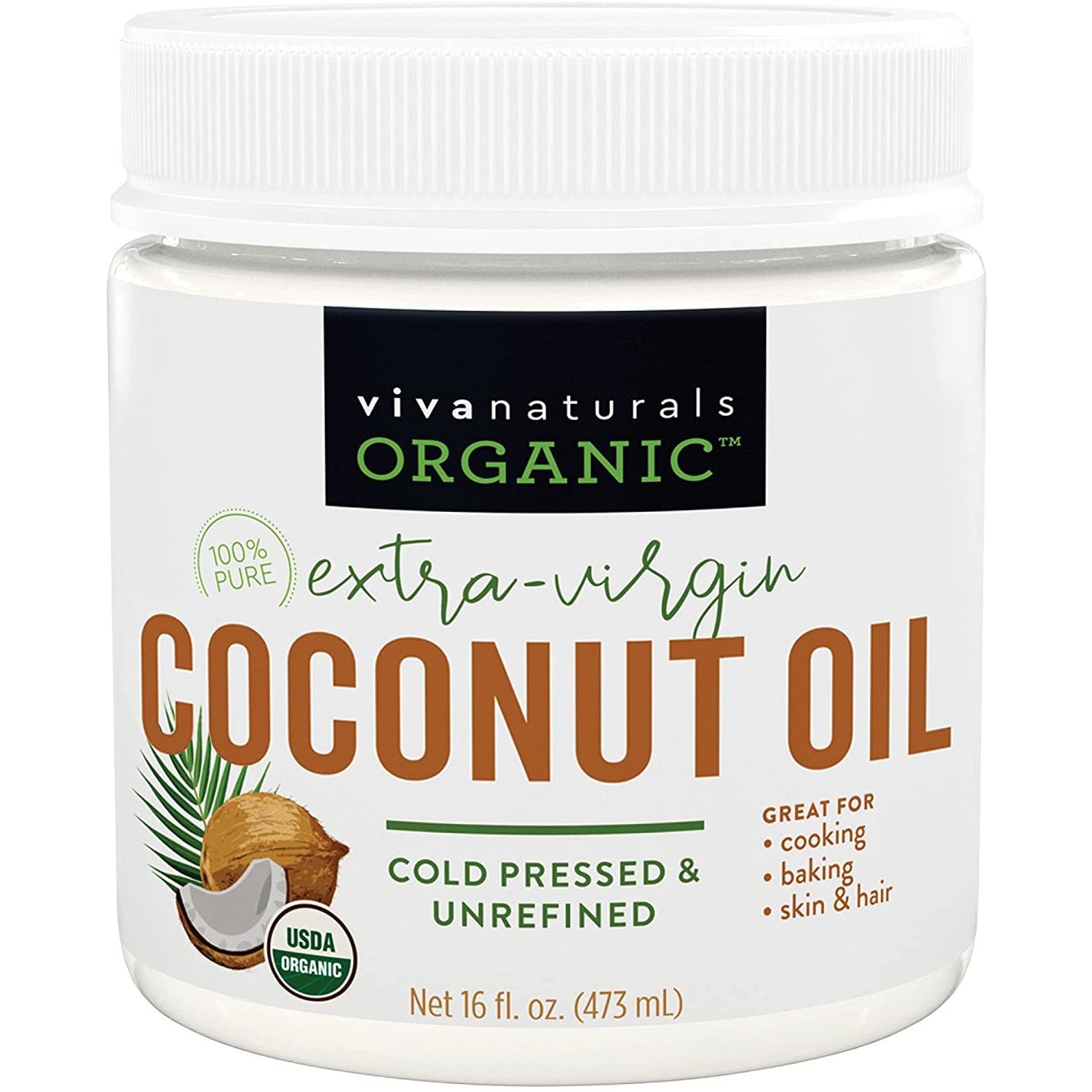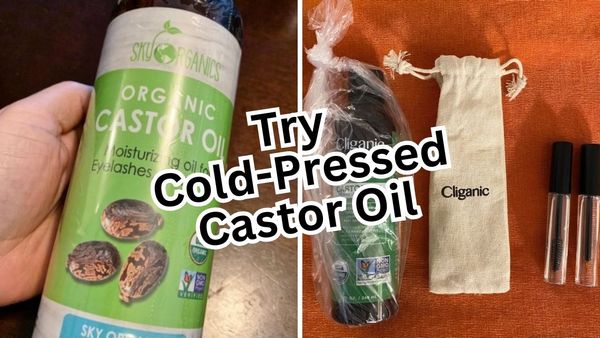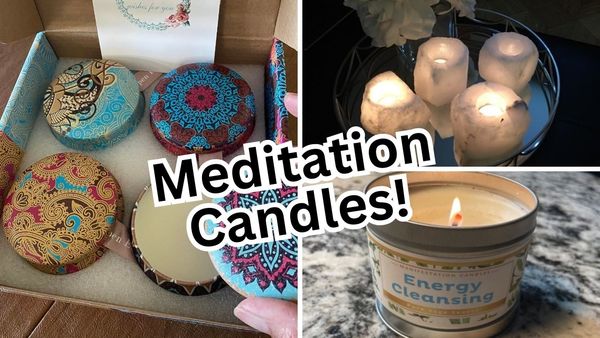Best Essential Oils to Treat a Stye Naturally
Are you suffering from a persistent stye that won’t go away? Are expensive over-the-counter treatments proving to be ineffective? Natural remedies, such as essential oils, may provide an effective and affordable solution! In this comprehensive guide to treating styes with essential oils, you will learn about the different types of oils used in traditional medicine and which ones are best for treating eye infections like a stye. We'll share how they can help reduce inflammation, fight bacteria and make your experience more comfortable. So, if you're looking for a natural way to take care of your eye infection without spending a fortune on costly treatments or unnecessary antibiotics, read on!
Use of Essential Oils to Treat Styes
Styes are an infection of the eyelid that is often caused by bacteria. Symptoms of a stye include redness, swelling, and pain on the eyelid. While there are many over-the-counter medications available to get rid of a stye, some people prefer to use essential oils.
Essential and carrier oils have been used for centuries as natural remedies due to their potent anti-inflammatory, antiseptic, antimicrobial and antioxidizing properties. This makes them incredibly useful in the fight against a stye; an eye infection caused by bacteria which can lead to swelling, pus formation, redness and a great deal of discomfort. By utilizing these oils along with prescribed medication from your doctor (if necessary), you can dramatically reduce symptoms and get back to living life quickly and safely.
With so many essential oils for styes to choose from, it can be difficult to know which to try. We reviewed hundreds of reviews on Amazon and identified the top 5 most effective essential oils for stye, as well as 2 effective carrier oils. Continue reading below to find the oil that most resonates with you!
We hope you find your favorite essential oils for stye from the list below! Each product was independently selected by our team. BiohackingBeat may collect a share of sales or other compensation from the links on this page if you decide to buy something (that's how we fund our research). Happy shopping!
Cliganic USDA Organic Lavender Essential Oil
Essential Oil Overview
Lavender is an excellent home remedy for the resolution of styes. It is known to alleviate the resultant swelling and inflammation through its potent cooling properties, as well as its ability to stop the spread of microbial pathogens that are responsible for these infections. Its natural antibacterial properties make it an especially effective choice for treating this condition, and lavender oil may even provide relief from discomfort associated with the eye area affected by a particularly grueling stye.
Suggested Use
There are many ways to use lavender oil to help resolve styes. Carefully apply a few drops of lavender oil directly onto the affected area or mixed with frankincense oil; two to four times per day is a helpful way to enjoy these benefits. However, if you would like to use this remedy for your child, it is important that you dilute it with coconut oil for safety and effectiveness.
Gya Labs Clove Oil
Essential Oil Overview
Clove oil is an excellent remedy for infection-related inflammation, such as a swollen eyelid. It effectively relieves pain and suppresses swelling while its antibacterial property helps eradicate the source of the infection. Applying it topically on affected areas is a great way to give your skin instant relief. Moreover, clove oil also has other medicinal uses when used orally in the form of supplements or aroma therapy. It helps improve digestion, boosts immunity and even strengthen cognitive functions like memory and concentration.
Suggested Use
Dip a cotton ball or cloth into a few drops of clove oil. Gently apply it on the affected eyelid 2-3 times per day.
Cliganic Organic Tea Tree Essential Oil
Essential Oil Overview
Tea tree oil is a remarkable essential oil useful in treating stye. It has separate antimicrobial and antiseptic properties that can first fight the bacterial infection associated with stye and also prevent further spread of infection in an immunocompromised individual. Tea tree oil additionally has anti-inflammatory properties which result in reduced swelling, improving an individuals' comfort level. As such, it is clear that the uses of tea tree oil for treating stye are multi-faceted, making it a beneficial natural remedy.
Suggested Use
Tea tree oil is simple and easy to use; just mix four or five drops of the essential oil with a couple tablespoons of water, mix well, and refrigerate before applying it directly on the affected area 2-3 times a day. This mixture can offer quick structure and effective relief from itchiness associated with minor skin irritations, rashes, acne and other such issues.
Cliganic USDA Organic Eucalyptus Essential Oil
Essential Oil Overview
Eucalyptus globulus is a variety of plant often used to extract eucalyptus oil, an essential oil that contains several powerful components. Eucalyptus oil acts as an antibacterial, helping to fight off the infection and prevent it from spreading further. It also possesses antioxidant properties, which allows it to combat any free radicals that may be causing cellular damage. Lastly, eucalyptus oil has astringent effects which can decrease any swelling associated with the infection. This impressive range of health benefits makes eucalyptus oil an invaluable asset in aiding the healing process.
Suggested Use
While the therapeutic benefits of eucalyptus oil are noteworthy, care should be taken when using it. For eye-related ailments, it must be diluted with a carrier oil such as castor or coconut oil. Always use two or three drops of eucalyptus in a tablespoon of any carrier oil before applying to avoid any potential irritation due to its concentration. This routine can be followed once or twice daily, depending upon the severity of the symptoms.
Plant Therapy Organic Oregano Essential Oil
Essential Oil Overview
The unpleasantness that comes with recurrent styes can cause immense discomfort for years. Fortunately, oregano oil has been found to be a powerful and natural remedy for this condition. A recent study on its potential efficacy revealed that it could even penetrate the cells of multi-drug resistant bacteria, thus rendering it much more promising than other antibiotics which only work against specific bugs [1]. Furthermore, what makes oregano oil a a great natural antibiotic, and it doesn't have any negative effects on beneficial bacteria in the body. So if you are looking for an effective solution that does not pose any health risks, oregano oil could be the way to go.
Suggested Use
Sublingually
- Dilute the oregano oil with a carrier oil at a ratio of at least 1 drop oregano oil to 1 drop carrier oil
- Put 1-2 drops under the tongue and leave it there for a few minutes, then rinse with water.
- Aim to use a dosage of 50 mg oregano oil several times (2-5) per day to achieve antibacterial benefits.
Internally in capsules:
- Add 3 drops of oregano oil to a capsule, along with a carrier oil.
- Ingest a capsule 2-5 times per day.
Cliganic USDA Organic Castor Oil
Carrier oil overview
Castor oil is a very effective remedy for styes due to the presence of ricinoleic acid, which acts as a strong anti-inflammatory agent. This beneficial effect has been confirmed in an animal study published in the International Journal of Pharmacy and Pharmaceutical Sciences [2]. Furthermore, castor oil was found to have strong antibacterial activity against Staphylococcus aureus bacteria, the primary culprit behind stye development. Thus, it can be concluded that castor oil is a highly recommended treatment option for styes.
Suggested use
Clean the eye area with water and apply an evenly thin layer of castor oil on affected areas around the eye before going to sleep.
Organic Coconut Oil
Carrier Oil Overview
Using virgin coconut oil for stye produces a soothing effect on the eye due to its anti-inflammatory and analgesic characteristics. The medium-chain fatty acids in coconut oil have antimicrobial characteristics that can protect the affected area from harmful bacteria.
Suggested Use
One routine that may prove beneficial is cleaning the eye area with water and applying an evenly thin layer of virgin coconut oil on affected areas around the eye before going to sleep. This should be done every night for optimal results to treat a stye. It will also help to reduce redness, puffiness, and wrinkles associated with the daily strain that our eyes are exposed to. Additionally, this routine is a natural approach when caring for delicate skin around the eye area - making it an ideal choice for those seeking an alternative to synthetic ingredients found in cosmetic products.
Essential Oils for Eye Stye FAQs
What is a stye?
A stye is a red, swollen lump that forms on the edge of an eyelid. It is caused by blocked oil glands. Styes usually go away without treatment, but you can speed up the healing process by applying a warm compress to the eye. If the stye doesn't go away after a few days, or if it is very painful, see your doctor.
What are the causes of a stye?
A stye, also known as a hordeolum, is a bacterial infection of the eyelid. It is most commonly caused by Staphylococcus aureus, but can also be caused by other bacteria, such as Streptococcus pneumoniae and Haemophilus influenzae. A stye can be caused by a number of things, including:
-Improper hygiene practices
-Excessive eye rubbing
-Allergies
-Contact lens use
-Sensitivity to cosmetics
What are the symptoms of a stye?
Styes are caused by a bacterial infection of the eyelash follicles. The most common symptoms are a painful red bump on the edge of the eyelid, a burning sensation, and excessive tearing. A stye can often be treated with warm compresses and over-the-counter antibiotics, but if it persists or is severe, it may require prescription medication.
How can essential oils help treat a stye?
Styes are caused by a bacterial infection of the eyelash follicles. The bacteria that cause styes are the same ones that can cause other skin infections, such as impetigo. A sty will usually start out as a small red bump on the edge of the eyelid. As the infection worsens, the bump becomes larger and more painful. The best way to treat a sty is to get rid of the infection with the following protocol:
- Take a 2-3 drops of any diluted essential oil or natural carrier oil.
- Soak a cotton pad in that oil and apply it to the affected area.
- Repeat this process 2-3 times daily.
- Take 2-3 drops of oregano oil into a tablespoon of water and swallow.
If the sty doesn't improve after a few days, you should see your doctor. He or she may prescribe an antibiotic pill or cream to help clear up the infection.
What are some safety precautions to consider when using essential oils to treat styes?
- Do not use essential oils without diluting them first in a carrier oil.
- If you have any allergic reaction from these oils, stop using them and consult a doctor.
- Use only pure, therapeutic-grade essential oils
What should you avoid when you have a stye?
There are a few things that you should avoid when you have a stye. First, don't touch or rub your eye. This can make the stye worse. Second, avoid wearing eye makeup until the stye goes away. And finally, avoid using contact lenses until the stye heals. If you wear contact lenses and get a stye, the contacts can actually make the infection worse.
Final Thoughts
We hope our review has armed you with the information you need to select your favorite essential oils to help resolve your stye naturally! Tap the product links above to check prices and find the best essential oil for you. We hope you feel better, and thanks for reading!
Citations
[1] Lu M, Dai T, Murray CK, Wu MX. Bactericidal Property of Oregano Oil Against Multidrug-Resistant Clinical Isolates. Front Microbiol. 2018 Oct 5;9:2329. doi: 10.3389/fmicb.2018.02329. Erratum in: Front Microbiol. 2021 Jul 12;12:713573. PMID: 30344513; PMCID: PMC6182053.
[2] Jena, Jitendra, and Ashish Kumar Gupta. "Ricinus communis Linn: a phytopharmacological review." International Journal of Pharmacy and Pharmaceutical Sciences 4.4 (2012): 25-29.

